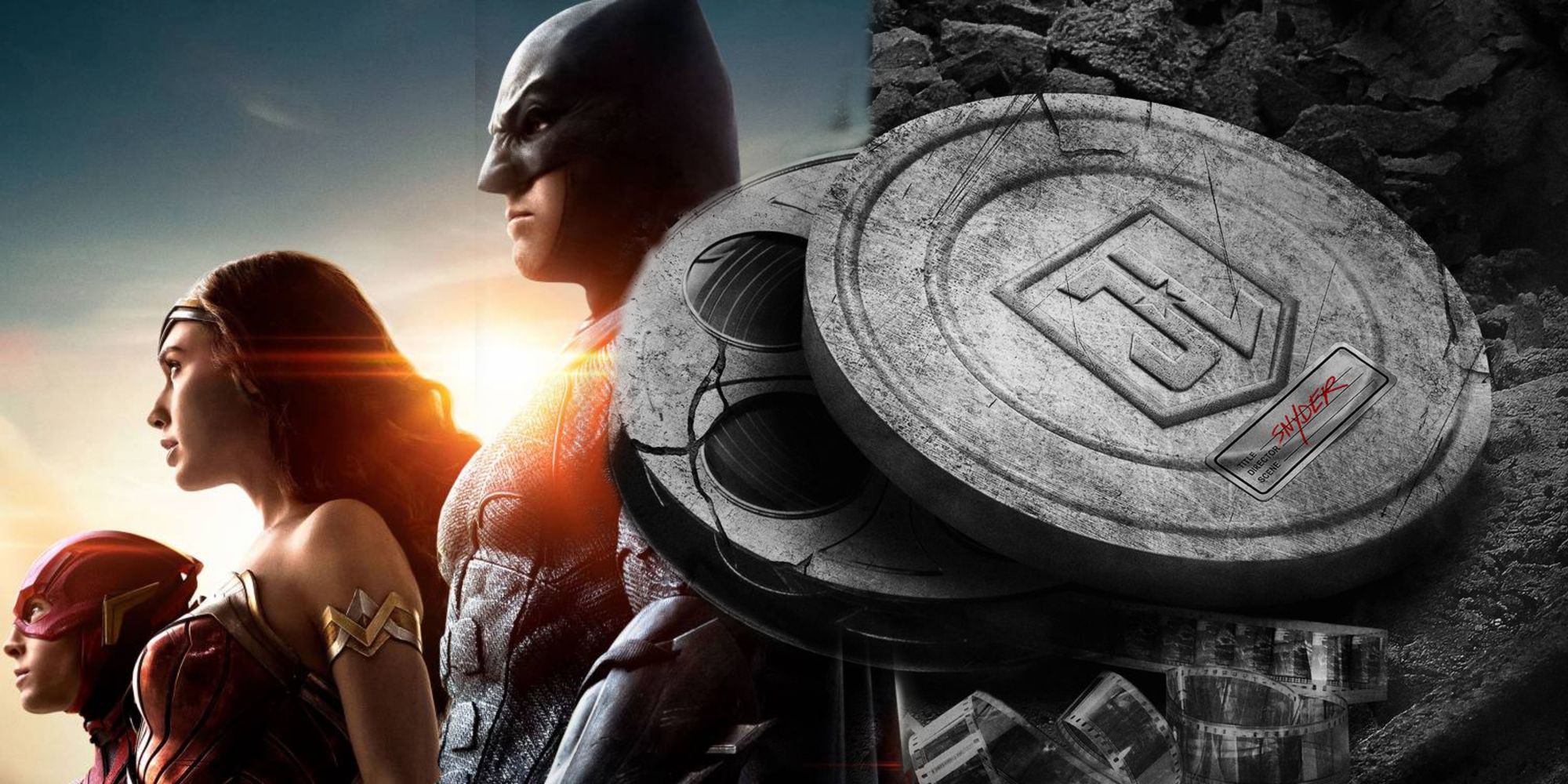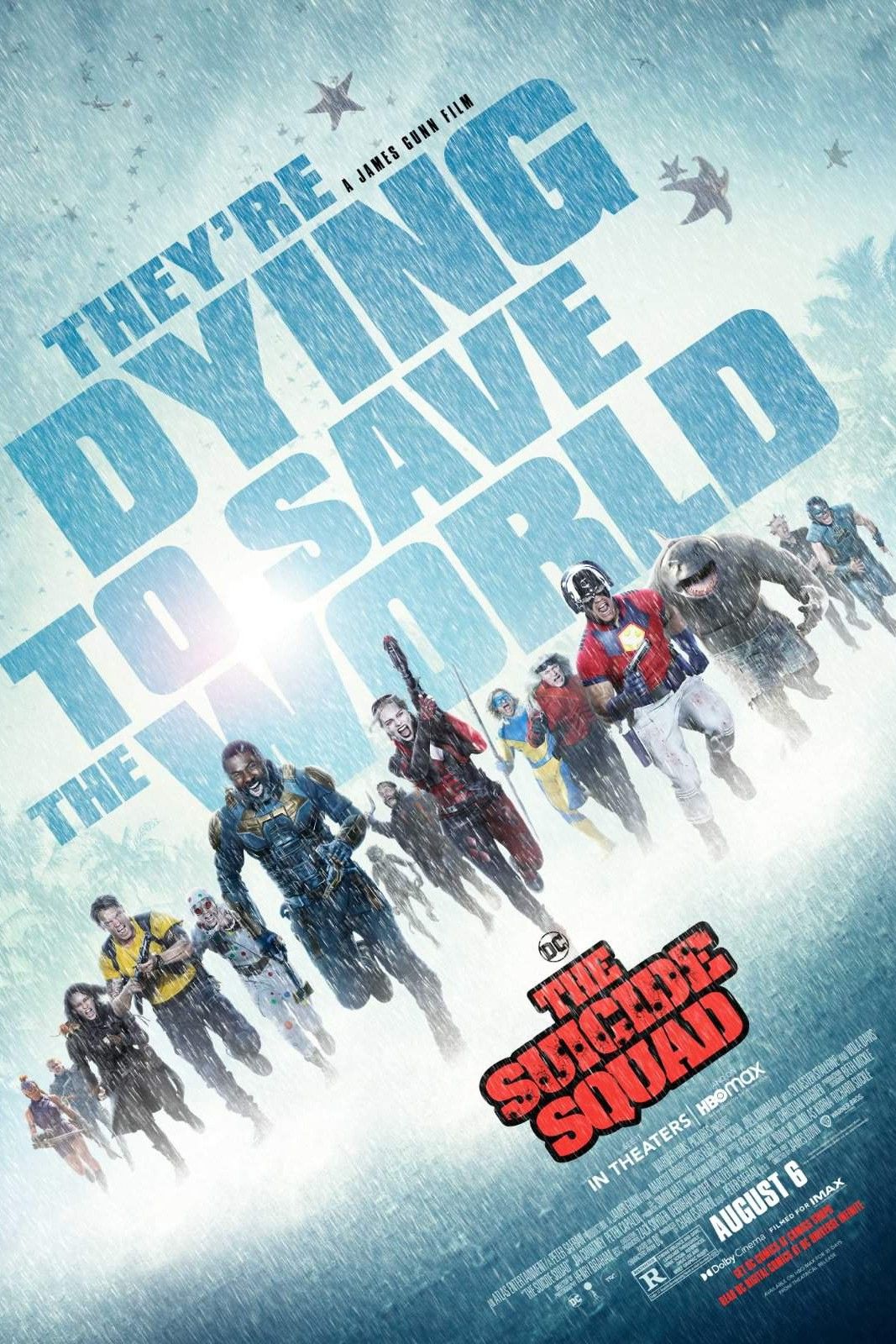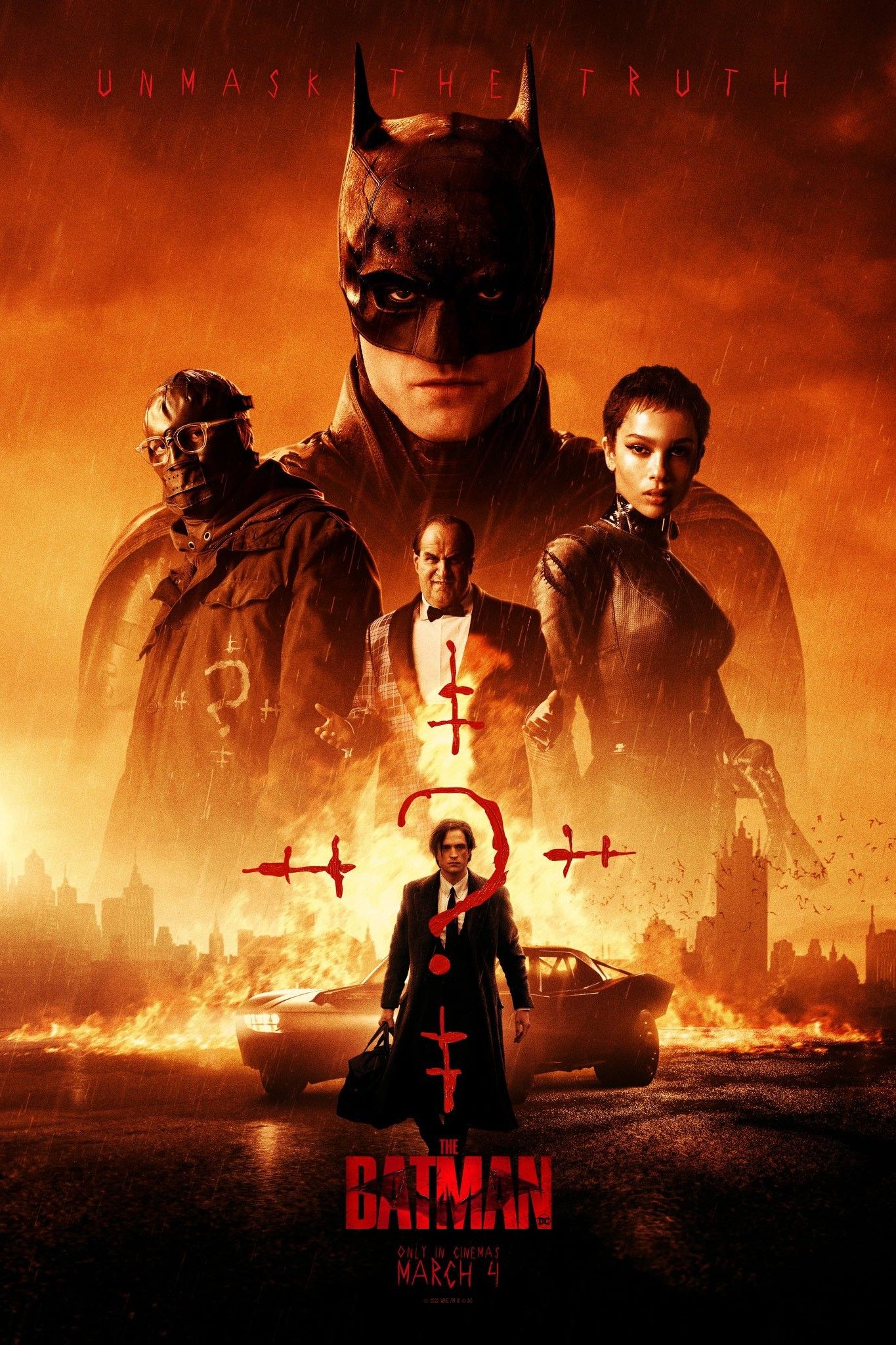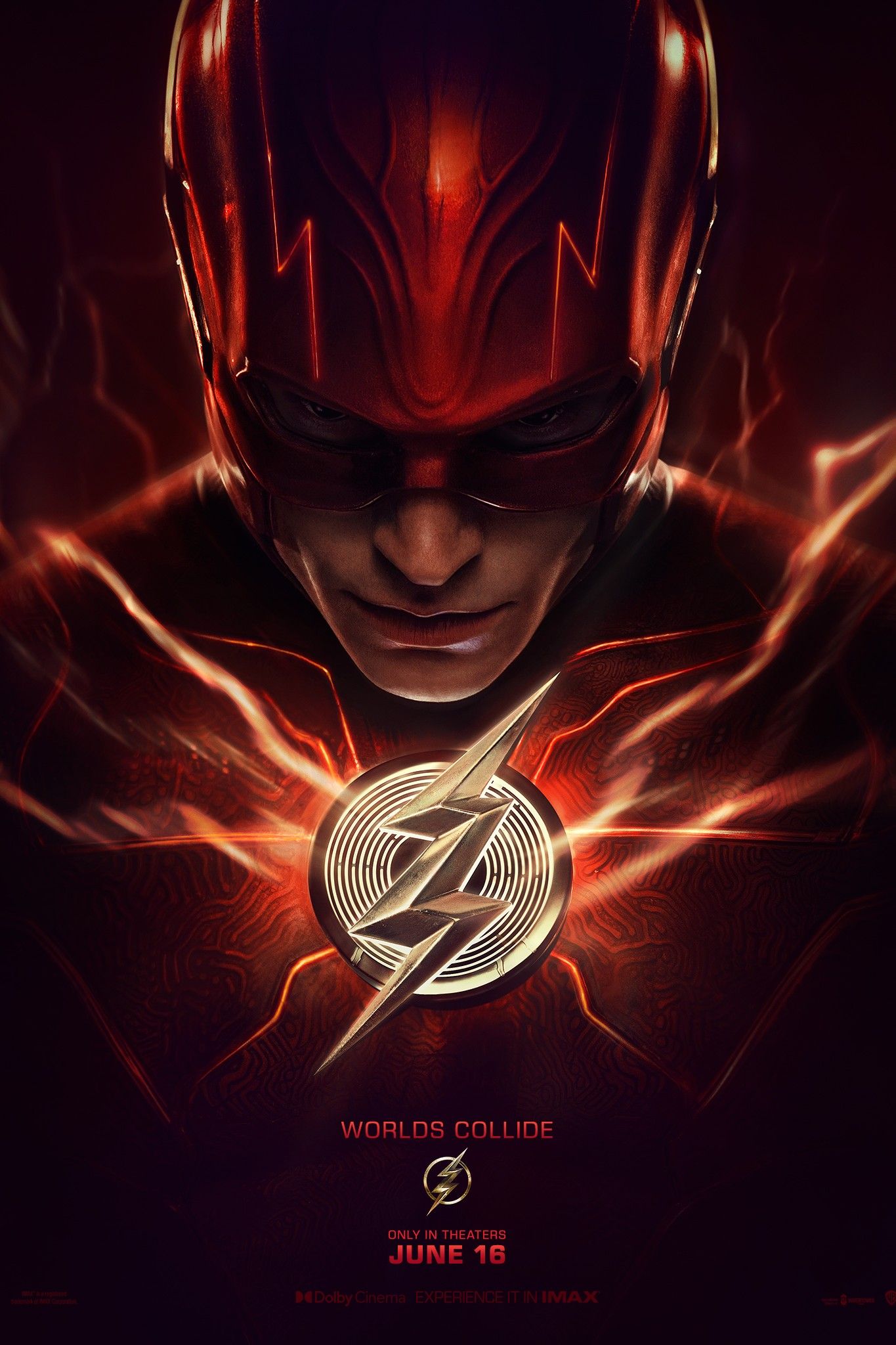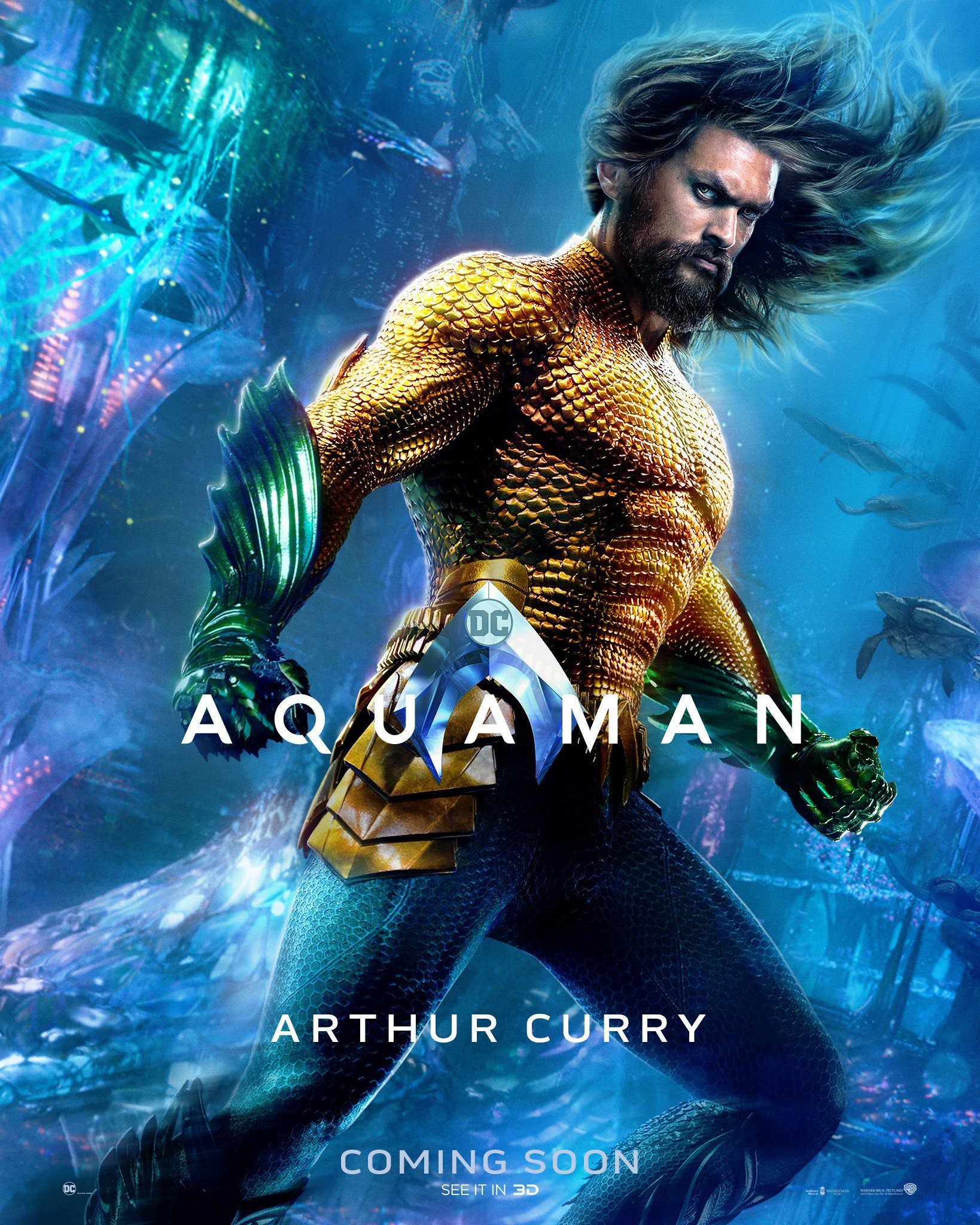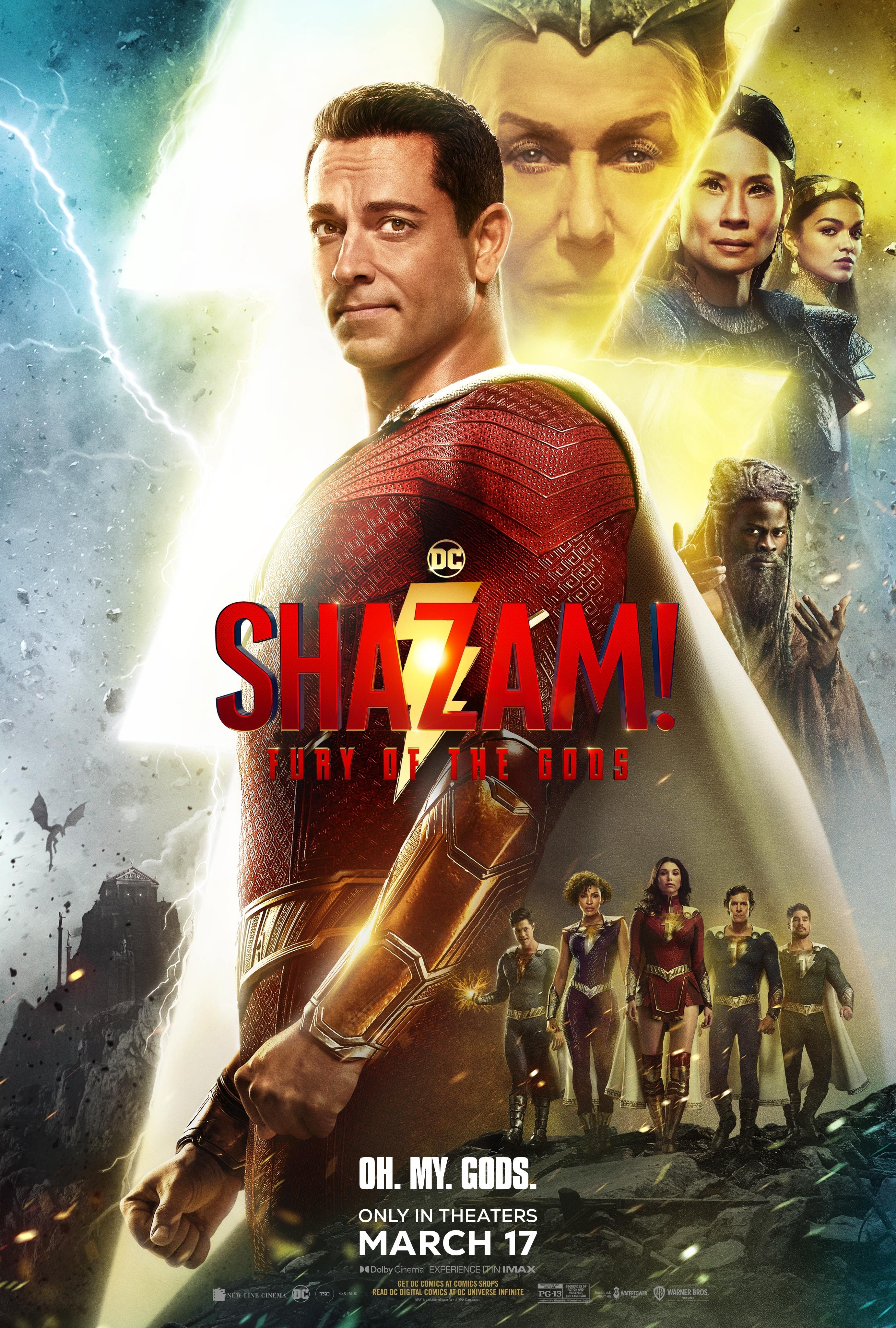Contrary to prior reports, Zack Snyder’s Justice League was actually helped by the COVID shutdown. Justice League was originally released in 2017, but Zack Snyder had to step down as director due to family tragedy, leading to a very different DC film than what he intended. He returned to the project in 2020, formulating his original vision into a four-hour version set to be released on HBO Max.
When the Snyder Cut was officially announced in May of 2020, the director’s wife and producing partner Deborah Snyder indicated that the project had nearly been derailed by the coronavirus crisis. She told The Hollywood Reporter that execs associated with the DCEU thought that it might not be a good time to move forward, and that it should "go on the back burner" because it wouldn’t "be possible to ramp up."
Offering a counterpoint to this perspective, VFX director Tamara Watts Kent suggested on Instagram that the shutdown actually improved the chances of Zack Snyder’s Justice League seeing the light of day. The film was considered a long shot since this kind of complete rework and re-release of an existing film had never been done before. However, Kent argued that the project became more attractive to higher-ups during quarantine, because "Zack had a film that was already shot," and "Post can be done safely at home and the VFX companies needed the work." Kent's full comment can be read in the Instagram post below:
On that last point, Snyder and Kent were agreed -- Deborah also mentioned "our visual effects houses that rely on so much are running out of work" as part of the reason she and her husband fought for the project. In fact, Kent described Deborah, Zack, and their producing partner Wes Coller as "the best people to work with" and that the project was "the most fun & rewarding" that she had ever worked on.
Even though these two quotes about Zack Snyder’s Justice League seem contradictory, both angles actually make sense. The studio was likely to have reservations about marketing the project in quarantine, thus Deborah’s comment about not being able to "ramp up" the project. However, Kent was probably correct in thinking that an almost fully-shot film was too valuable to pass up. Warner Bros. wouldn’t have to take on the risk of filming during the pandemic, or rather, would only take on minimal risk with a few minor reshoots, but would still be able to deliver a high-profile, big-budget release. And not only is it a major entry to the DCEU, but it’s also one that’s long been clamored after by fans who started the viral #ReleaseTheSnyderCut campaign in the first place.
With that in mind -- and the added benefit of keeping highly valuable VFX teams employed during a critical moment for the industry, it’s easy to see why the Snyder Cut pulled through, despite being a highly unusual project. The undertaking seems like an easy win for the studio, the director, and fans alike. Hopefully, Zack Snyder’s Justice League will deliver on those high expectations.
Source: Tamara Watts Kent

